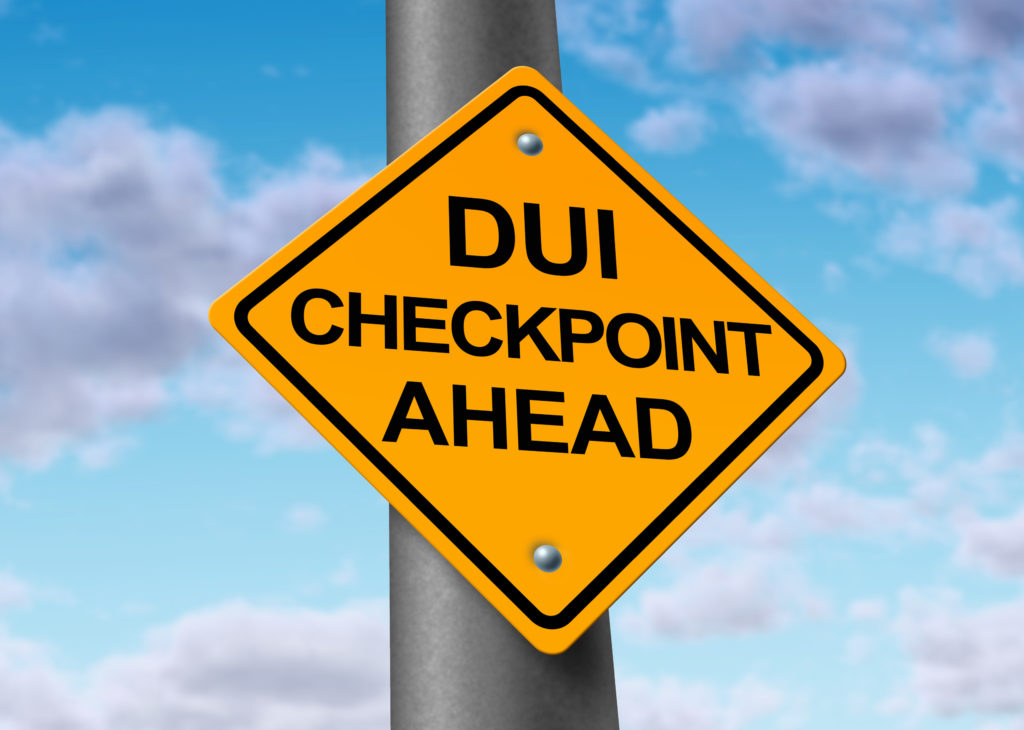
CHICAGO – Local police departments are cracking down on drunk driving in a new safety campaign.
Mothers Against Drunk Driving (MADD) is pairing up with local police to launch “Saturation Saturday,” a campaign implementing increased DUI control and sobriety checkpoints in Chicago and across the entire United States.
ABC 7 Chicago recently shared the story of Lisa Pruett, who lost her daughter Olivia Cooper to drunk driving almost 12 years ago. Cooper was only 21.
“Olivia was the offender,” Pruett said of the January 2008 accident. “She became her own victim of a drunk driving crash.”
Pruett aims for her story to make drivers think twice about getting behind the wheel after drinking.
“Every DUI arrest we make can save someone’s life,” Illinois State Police Lt. Col. David Byrd told ABC 7. “We do this every night. These officers are out there every night patrolling.”
On September 5th, The Chicago Police Department released a statement explaining its findings in its DUI Saturation Patrol in Englewood over August 31st and September 1st, issuing one DUI arrest, seven Unsafe Vehicle Violation arrests, and 13 Traffic Violation arrests, to name a few. In the Gresham District Saturation Patrol conducted August 23rd and 24th, CPD also made one DUI arrest, along with 14 arrests for Unsafe Vehicle Violations and 19 for Traffic Violations.
“The purpose of this program is to saturate a pre-designated area with roving police officers that continually monitor vehicular traffic for signs of impaired driving,” CPD said in the statement. Patrols place emphasis not only on alcohol-related violations, but on safety belt and speed violations as well.
CPD also says the Breath Alcohol Testing Mobile Unit may be deployed in future saturation plans in order for officers to more quickly charge someone with a DUI before taking them into custody. This unit also issues Individual Recognizance Bonds at the site of patrol.
These “Saturation Saturdays,” which will continue throughout Chicago and its surrounding neighborhoods, serve as an important reminder for drivers not to get behind the wheel after drinking under any circumstances, even if they think they feel fine. The strategies of preventing drunk driving (proven effective by the National Highway Traffic Safety Administration) to keep in mind include:
–Zero tolerance laws–it is illegal to drive with any amount of alcohol in your system if you are under 21 years of age.
-A blood alcohol content measured at or above 0.08 percent is illegal, and may result in a DUI.
–License revocation or suspension laws allow police to take away the license of someone testing at or above the legal BAC limit who refuses testing.
The Los Angeles Times, along with Alcohol Problems and Solutions, also have some tips on how to spot and avoid drunk drivers on the road–and what to do if you see one:
Warning signs:
-Unusually wide turns
-Weaving or swerving
-Straddling the lane marker
-Tailgating
-Sudden stops
-Abrupt turns
-No headlights at night
-Drifting
-Slow responses
-Driving in the wrong direction
What not to do:
-Attempt to stop the vehicle
-Disregard traffic signals or laws to keep the driver in your view
-Try to follow the vehicle if it is speeding or if there are any other hazards
-Follow the impaired driver closely–the car may stop suddenly
-Attempt to detain the drunk driver if he or she does stop
-Act in the capacity of police or safety official unless you are authorized to do so
-Try to assist any law enforcement while they apprehend a drunk driver (unless requested)
What to do:
-Maintain a safe distance–a drunk driver may swerve into you.
-If a drunk driver is behind you, pull over or turn right when safe so he or she can pass.
-If the driver is coming head on, move onto the shoulder, stop, and use your horn and/or lights to get his or her attention.
-When approaching an intersection at night, slow down and be alert for the unexpected.
-Use your seat belt properly and keep doors locked.
-Use four-lane highways and avoid rural roads when possible.
-Avoid travel after midnight (especially on weekends).
-Of course, never drink and drive, and serve as a designated driver when possible.
Additionally, you can help police by dialing 911 or *SP on your cell phone (as soon as it is safe to do so), saying you’d like to report a suspected drunk driver, giving the exact location of the vehicle, and providing as complete a description as possible–make, model and color of vehicle as well as the license plate number.
Reader Interactions